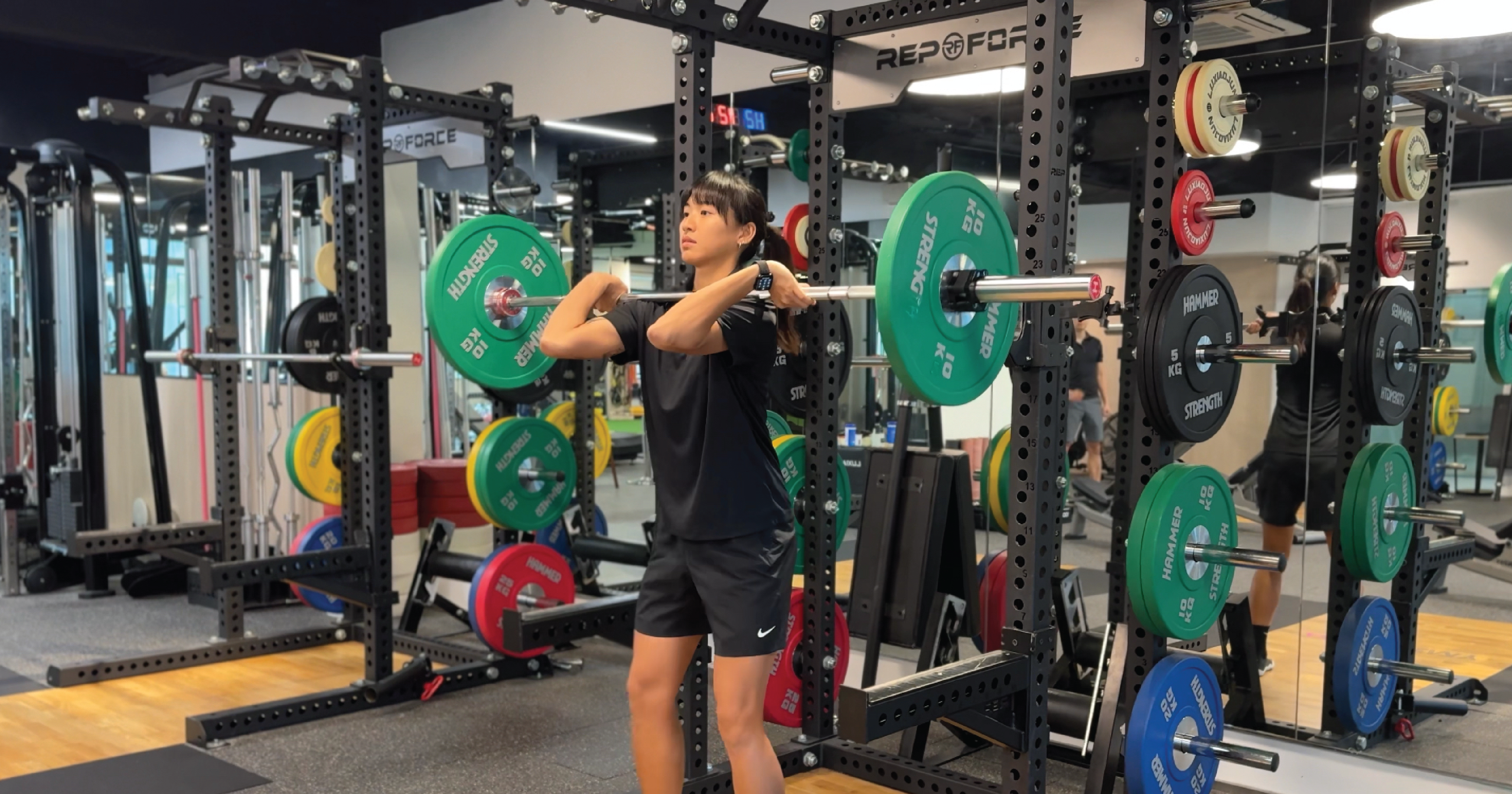
Athlete Program
Push the limits|Take your athletic career to the next level!
Through sports science and the experience of our professional team, we provide precise and personalized sports-specific plyometric training programs. This customized group training program is designed to develop targeted strength, power and speed while also meeting the recovery needs of high intensity training to prepare athletes for the season.
Personalized Training Solutions
The most appropriate training program for your needs and goals, guided by professional coaches to ensure proper alignment and support.
Progressive Training Plans
Unlike traditional group training, our approach aims to gradually improve your overall health and physical fitness levels. The progressive training method is a sustainable and long-term approach, based on incrementally increasing the intensity and difficulty of the workouts to promote physical adaptation and progress.
Value Options
Exclusive group training provides a customized training experience that is more affordable than personal training, thus reducing fitness costs.


For Athletes
Leading Training Technology
We have introduced Velocity-Based Training (VBT), which is used in all professional athletic fields, to quantify and adjust the intensity and load of athletic training through real-time velocity data. By monitoring an athlete’s movement speed during training, a real-time assessment of his/her strength and power levels can be obtained and the training program can be adjusted based on these assessments.

科學化分析
Comprehensive Athletic Assessment

Good reputation and credibility
We are committed to realizing the potential of athletes, and since our establishment, we have provided professional strength and conditioning training to secondary school students, tertiary students, local sports leagues and Hong Kong Team sports organizations, from youth to Hong Kong Team members, all of whom are striving for excellence in this field.


Book a Trial Now
To give you a first-hand experience of our program quality
When you make your first booking for AP Academy training classes
you will enjoy a special offer as a new member.
Take your first step!
